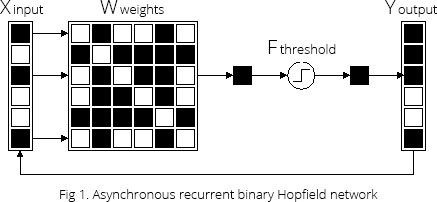While the cores of various security standards and frameworks are similar, it is important to understand that a security program has a life cycle that is always continuing, because it should be constantly evaluated and improved upon. The life cycle of any process can be described in different ways. We will use the following steps:
- Plan and organize
- Implement
- Operate and maintain
- Monitor and evaluate
Without setting up a life-cycle approach to a security program and the security management that maintains the program, an organization is doomed to treat security as merely another project. Anything treated as a project has a start and stop date, and at the stop date everyone disperses to other projects. Many organizations have had good intentions in their security program kickoffs, but do not implement the proper structure to ensure that security management is an ongoing and continually improving process. The result is a lot of starts and stops over the years and repetitive work that costs more than it should, with diminishing results.
Continue reading Information Security Program Life Cycle
